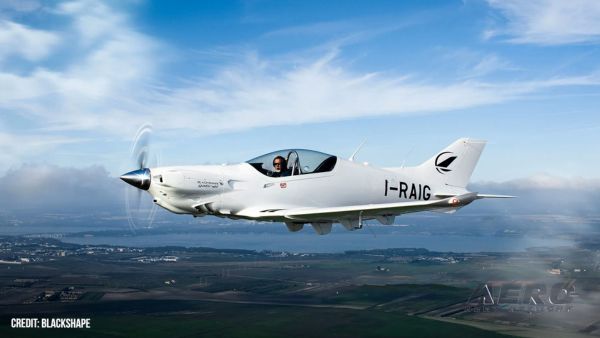Launches Aerospace Industry Stakeholder Engagement Under New Air Force SMC Contract to Refine Counter-Drone Technology
The U.S. Air Force's Space and Missile Systems Center (SMC), located at the Los Angeles Air Force Base in El Segundo, has awarded a new type of Small Business Innovation Research (SBIR) contract to Epirus for the development of software-defined electromagnetic pulse (EMP) technology designed to take down dangerous drones.

The contract is part of the USAF's AFWERX technology accelerator program, empowering the company to engage aerospace industry stakeholders and fine-tune its technology at an earlier stage to streamline innovation to the warfighter.
Epirus was awarded the contract for its novel architecture that makes multi-beam phased array systems extremely affordable and scalable while greatly accelerating their development timeline and reducing development costs. That enables Air Force Special Operators and other satellite communication and phased array customers to be more lethal and survivable in any operational environment.
The Air Force established the AFWERX program in 2017 to develop cutting-edge solutions for dynamic security threats through partnerships with private companies and using a technology startup-inspired approach. Simply put, it helps companies working on some of the most critical national security technology get it to market without losing valuable time working through bureaucracy.
"The Air Force is rapidly changing the way it does business by increasing innovation and welcoming new ideas and new technologies. This SMC contract will help us better understand the needs of the warfighter and make our technology better able to fulfill those needs," said Epirus CEO Nathan Mintz. "Also, the opportunity to work with other industry stakeholders and seek their input as part of this contract is important and speaks to the Air Force's goal of breaking down barriers to provide the best thinking for the next generation of high-tech warfare."
Epirus, based in El Segundo, developed a novel architecture for using commercial off-the-shelf field programmable gate arrays (FPGA), semiconductor devices commonly used in electronic circuits, as ultra-wideband radio frequency (RF) transceivers. It's a significantly more resource-efficient approach than other FPGAs, while being much cheaper and faster than ASIC-based transceivers. Using this new architecture, it becomes much faster and more affordable to develop RF systems for digital beamforming and channelizing, which has multiple uses in communications, electronic warfare and even radar.
It is relevant to any RF application, including the company's technology designed to neutralize unmanned aerial vehicles, or drones. The company has been using this technology to develop the world's first solid-state, software-defined, phased array High Power Microwave directed energy system.
Hostile drones rank among the greatest national security threats going forward. Rogue drones have attacked Saudi Arabia's biggest oil field—cutting production by half—and it is not hard to envision the destructive potential of a swarm of them controlled by a terrorist organization or nation-state. Epirus' novel RF architecture can be used to further develop technology to combat drones and other electronic weapons, and bring it to market more quickly and affordably.
"This new contract type is a proactive approach that empowers Epirus and the U.S. government to work together and think holistically about drone defense—and not lose valuable time and ground to potential adversaries on this new battlefield like China and Russia," said Mintz.
(Source: Epirus news release)
 Airborne 06.30.25: US v ADS-B Misuse, Natl STOL Fire, Volocopter Resumes
Airborne 06.30.25: US v ADS-B Misuse, Natl STOL Fire, Volocopter Resumes Aero-News: Quote of the Day (07.06.25)
Aero-News: Quote of the Day (07.06.25) ANN's Daily Aero-Linx (07.06.25)
ANN's Daily Aero-Linx (07.06.25) Classic Aero-TV: Portrait of the Army Aviation Heritage Foundation
Classic Aero-TV: Portrait of the Army Aviation Heritage Foundation Airborne-NextGen 07.01.25: Volocopter Returns, B23 Energic, Iran Tech In UAVs?
Airborne-NextGen 07.01.25: Volocopter Returns, B23 Energic, Iran Tech In UAVs?



